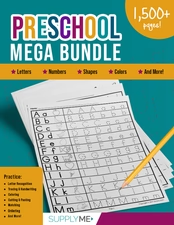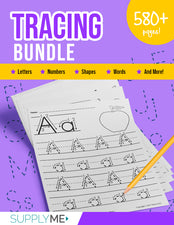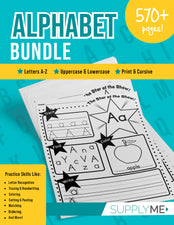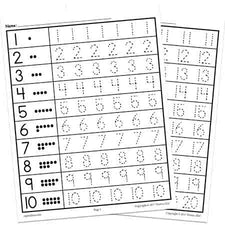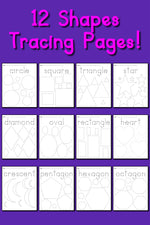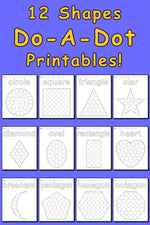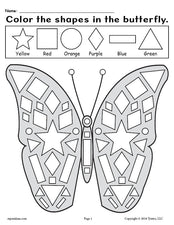Working With Sets in Preschool

Your preschoolers may not realize it, but they instinctively group items based on common characteristics they recognize - color, size, shape, type, etc. Because its such a natural occurrence, parents and teachers may miss it, but take a look and you'll find some amazing categorizing going on!
- When Tommy separates his matchbox cars from his monster trucks - that's grouping based on size.
- When Samantha places the yellow fork and spoon with the yellow plate, the orange fork and spoon with the orange plate, and the pink fork and spoon with the pink plate - that's grouping based on color.
- When Tamara and Billy create a classroom zoo, separating the elephants into one pen, the giraffes into a second pen, and the lions into a third pen - that's grouping based on type.
Because it happens so intuitively, you may wonder why it's important to teach the concept. While students do have a tendency to group similar items, many are not able to fully explain why. Teaching students how to cognitively observe a group of items for similar traits will help them develop problem solving skills, become better scientists, and give them the tools to help them make sense of the world around them.
Preschool Learners provides a wonderful series of worksheets that help students learn about and work with sets. Each worksheet offers a different skill.
 |
In the first worksheet, students are provided with animal images and asked to draw a line around each set (e.g. dogs, cats, etc.). |
 |
In the second worksheet, students are presented with sets of like objects. Each set contains a different number of like objects (e.g. 4 ducks, 7 penguins, etc.) and students are asked to match each set to its appropriate number. |
 |
The third worksheet in the series gives students practice in identifying objects that do not belong in the set. |
 |
The fourth worksheet presents students with several incomplete sets - each set contains three matching objects and a fourth that is missing a small detail. Students must identify the detail and draw it in order to make it a match/complete set. |
Happy Grouping!

